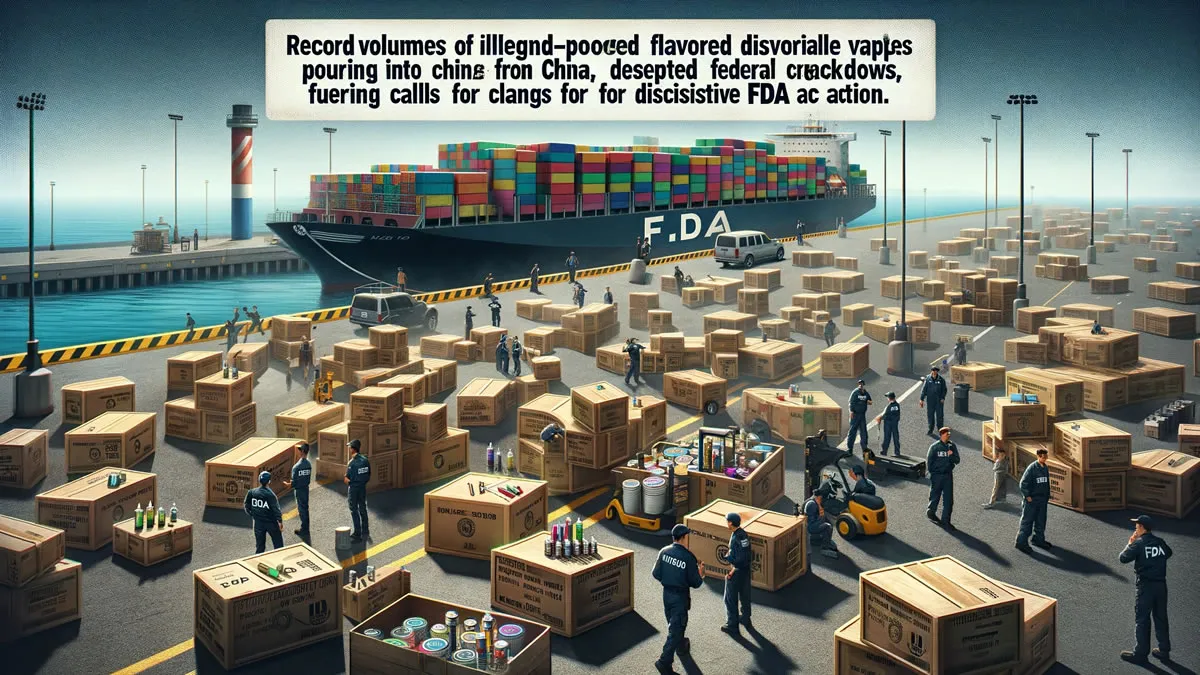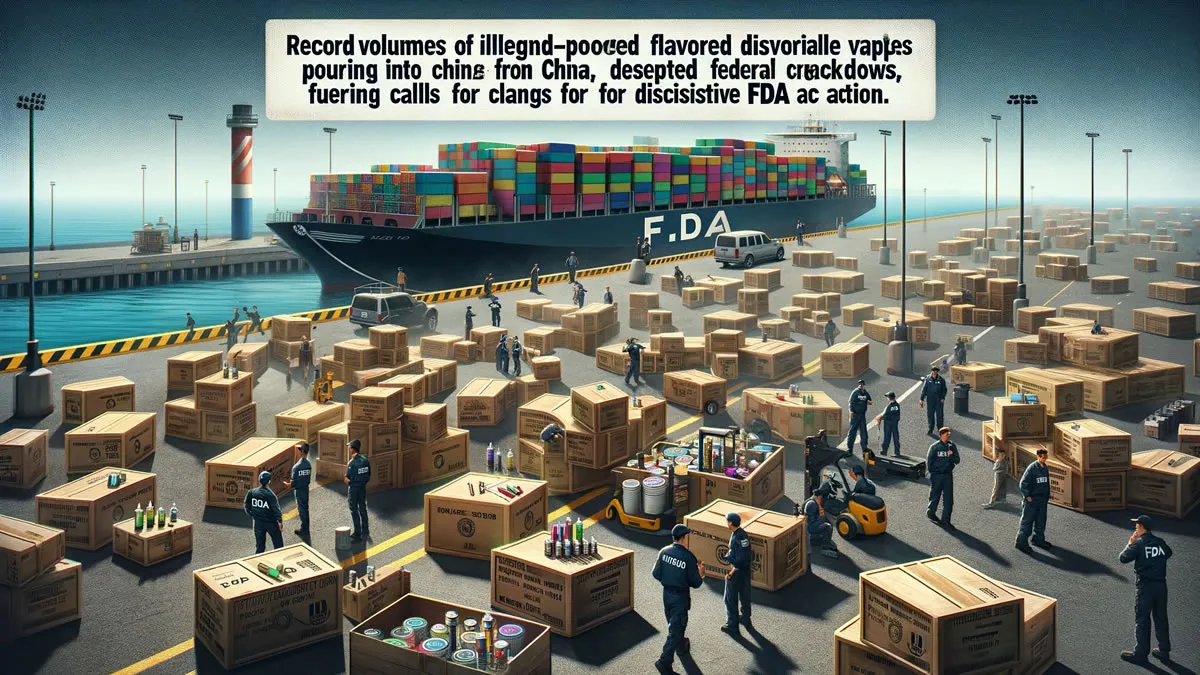A tidal wave of unauthorized e-cigarettes continues pouring into the country through exploited legal loopholes, with overseas manufacturers dumping cheap disposables by the thousands. These illegally marketed products not only threaten hard-fought regulation efforts but sustain fears of unchecked teen nicotine addiction as well.
This analysis examines the latest data on swelling black market imports from my perspective as a public health researcher. I'll discuss how ambiguous federal oversight, labeling trickery and slow agency responses enable foreign firms to infiltrate US markets virtually consequence-free.
Vaping Landscape Now Home to Over 11,500 Products
Industry analytics firm Circana tracks over 11,500 unique vaping devices sold stateside as of November 2022, a nearly 30% jump since June. Disposables constitute the vast majority of new entrants, generating over $3 billion this year on pace to double 2021's total.
Yet federal policies like imminent mail bans show little sign of tempering exponential unauthorized product growth. In fact, border patrol seizures of illegal shipments continue setting records under capacity strains.
It's this influx circumventing oversight that comprises the predominant vaping options available, especially with FDA authorization backlogged for brands following proper marketing protocols. The ensuing free-for-all environment confounds policy aims when prohibited products dominate markets rather than vice versa.
And with online monitoring resource limitations, pinpointing exact sources and volumes remains approximate at best. Thousands of potentially dangerous or youth-appealing devices flood distribution channels as fast as individual targeting can transpire.
For consumers, it engenders a dangerous lack of transparency around manufacturing processes, ingredients and quality control compared to FDA-approved products. Teens comprise an unusually high percentage of users for these unvetted brands as well.
Bureaucratic Hurdles Slow Regulatory Responses
FDA tobacco director Brian King avows continued vigilance against illegal imports through "tools like import alerts" to deter unlawful sales attempts. But responses often materialize long after offending products establish strongholds through retailers and social media.
Once brands like Esco Bars or Fume establish ubiquity, targeting individual SKUs for import refusal triggers a familiar pattern: Tweaked offerings recapture markets under alternate names while amassing millions in sales between detection and repeat enforcement.
RSJ Vape proves illustrative of this regulatory whack-a-mole sequence. After the brand's Gummy Bears line appeared on June's banned list, parent company Loon quickly reintroduced phenotypically similar flavors like AirHeads and Skittles seemingly overnight.
These recursive cycles expose systemic vulnerabilities regulatory agencies currently lack bandwidth to remedy. King himself conceded reviewing marketing applications one-by-one remains unrealistic for meeting oversight demands.
Without addressing root incentives attracting bands of manufacturers profiteering through legal ambiguity, curbing unlawful imports appears an uphill battle.
Non-Enforcement Enables 'Hydra Effect' Proliferation
When repercussions for rule-breaking prove negligible, infractions unsurprisingly persist. Beyond tardy detection and enforcement allowing temporary market footholds, absence of financial penalties further weakens deterrence.
Warning letters like those dispatched to 400+ retailers for selling unauthorized or teen-appealing goods this year convey no legal weight. And the FDA lacks standing to directly sanction overseas makers flouting guidelines.
This fosters perfect conditions for exponential "hydra effect" market saturation: Cut down one non-compliant brand, and ten more emerge to occupy the void.
For Chinese manufacturers, incentives remain wholly aligned towards maximizing stateside profits until crackdowns impact bottom lines. Disposables require small upfront investments, offer unfettered access to vaping's largest market, and currently entail little downside risk beyond rare shipment seizures.
That cost-benefit calculus keeps the disposable floodgates wide open.
Class-Based Oversight Could Plug Policy Gaps
Faced with untenable review backlogs, some public health experts propose simplifying the compliance process through scrutinizing entire classes of products rather than each individual entry.
For instance, the most troubling vaping growth involves cheap, disposable e-cigarettes using flavors and designs irrefutably targeting youth. Hence some advocates urge FDA rules prohibiting retail sales of any non-tobacco or menthol disposables regardless of manufacturer.
This class-centered approach shows promise for rapidly addressing categories like fruit-flavored cartridge systems contributing most to underage adoption. And avoiding per-product reviews could help clear evaluation backlogs to expedite marketing approvals for manufacturers adhering to protocol.
Classifying then restricting unambiguous adolescent gateway products offers an intermediary path while tobacco harm reduction science and oversight models co-evolve. But meaningful change still requires augments to enforcement staffing and penalties proportionate to brand revenues.
Absent major resource commitments, hopes of implementing flexible responsive oversight seem remote as black market forces continue outpacing and outmaneuvering regulatory capacities.


